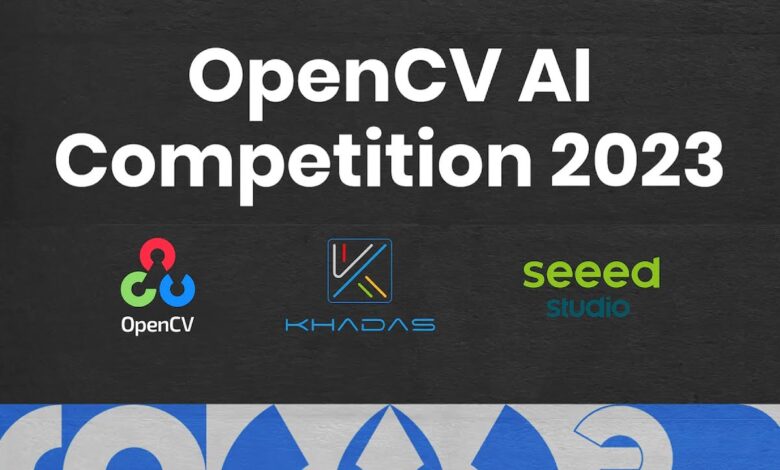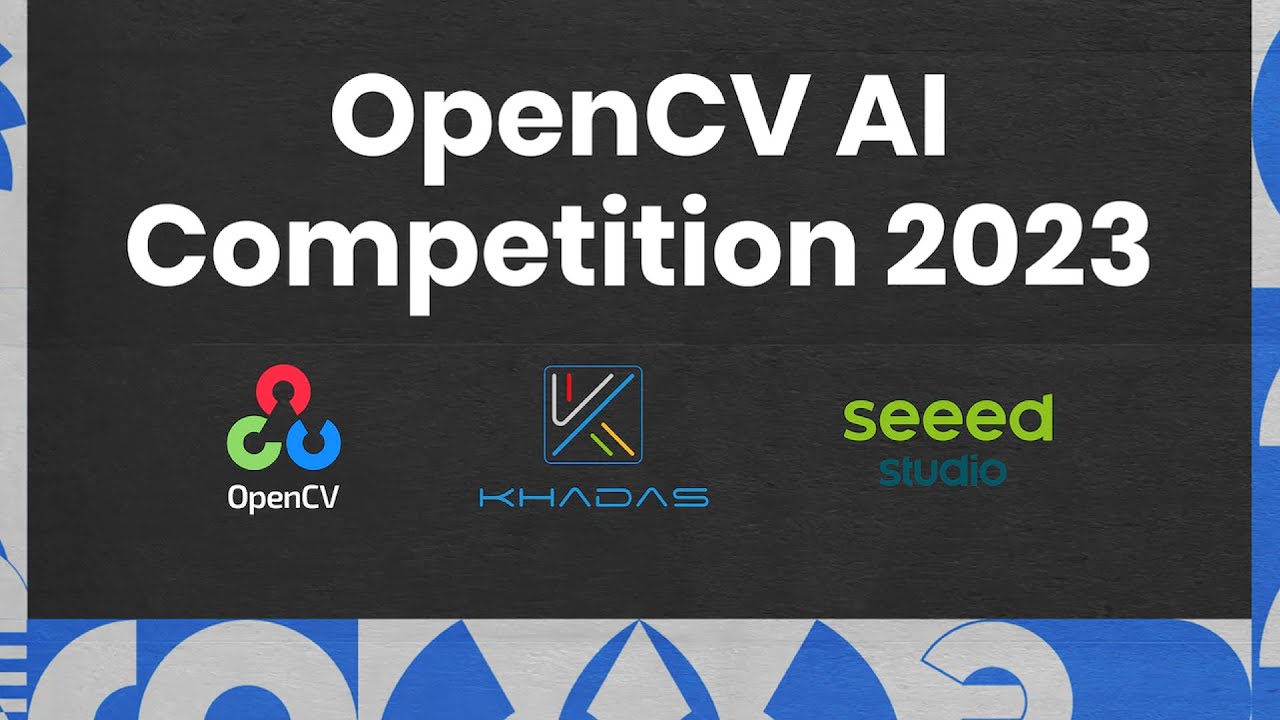
The War for AI Talent Is Heating Up
The war for AI talent is heating up, and it’s not just a battle for the best engineers; it’s a fight for the future of innovation. The demand for skilled AI professionals is exploding, driven by rapid technological advancements and the widespread adoption of AI across virtually every industry. This fierce competition is forcing companies to rethink their recruitment strategies, compensation packages, and workplace cultures to attract and retain the top minds in the field.
The stakes are high, and the race is on.
From Silicon Valley giants to nimble startups, everyone is scrambling to secure the talent needed to build the next generation of AI-powered products and services. This talent shortage isn’t just affecting a few niche roles; it’s impacting everything from data scientists and machine learning engineers to AI ethicists and AI safety researchers. The geographic distribution of this talent is also uneven, creating further challenges for companies looking to expand their AI capabilities globally.
This blog post will dive deep into the current state of the AI talent market, explore the factors driving the increased demand, and offer strategies for companies looking to win this crucial war for talent.
Factors Driving the Increased Demand for AI Talent
The race for AI supremacy is on, and it’s not just about the algorithms; it’s about the people who build and deploy them. The demand for skilled AI professionals is exploding, driven by a confluence of factors that are reshaping industries and economies worldwide. This surge isn’t just a temporary trend; it represents a fundamental shift in how businesses operate and compete.Technological advancements are the primary catalyst fueling this demand.
The rapid evolution of deep learning, natural language processing, computer vision, and other AI subfields is constantly creating new possibilities and applications. Each breakthrough necessitates a new generation of experts capable of designing, implementing, and maintaining these complex systems. The increasing availability of powerful computing resources, like cloud computing and specialized AI hardware (GPUs and TPUs), further accelerates this process, enabling the development of more sophisticated AI models and applications that require specialized expertise to manage.
Technological Advancements Fueling AI Talent Demand
The development of more sophisticated AI models, such as large language models (LLMs) and generative adversarial networks (GANs), demands highly specialized skills in areas like model architecture design, training optimization, and deployment. Furthermore, the increasing complexity of AI systems requires expertise in areas such as explainable AI (XAI), ensuring transparency and accountability in AI decision-making. This complexity also leads to a greater need for AI safety and ethics experts to address potential biases and societal impacts.
The war for AI talent is fierce; companies are throwing everything at attracting top engineers. It’s a crazy competitive landscape, and honestly, sometimes I wonder if the focus should shift a bit – I mean, check out this article about whether will hurricane Helene tip the vote in North Carolina , it’s a pretty big deal affecting a lot of people.
Getting back to AI, the talent shortage is only going to intensify as the field explodes.
The rise of edge AI, bringing AI processing closer to the data source, also presents unique challenges and opportunities, requiring a new breed of specialists. For example, the development of self-driving cars necessitates experts in robotics, sensor fusion, and real-time decision-making systems, all areas within the broader AI field.
Increased AI Adoption Across Industries
AI is no longer confined to the tech giants; its adoption is spreading rapidly across various sectors. Finance uses AI for fraud detection and algorithmic trading; healthcare leverages AI for diagnostics and drug discovery; manufacturing employs AI for predictive maintenance and process optimization; and retail utilizes AI for personalized recommendations and supply chain management. This widespread adoption creates a massive demand for AI professionals across diverse domains, requiring individuals with both AI expertise and industry-specific knowledge.
The war for AI talent is fierce; companies are throwing everything at attracting top engineers. It’s a battle for minds as crucial as any political struggle, and reminds me of the disconnect highlighted in this article about the Democrats’ outreach efforts: the democrats want tim walz to speak to rural americans they arent listening. Just as politicians struggle to connect with their constituents, companies are finding it equally challenging to connect with the best AI minds.
This talent scarcity is only going to intensify the competition.
For instance, a healthcare AI specialist needs to understand both machine learning algorithms and medical imaging techniques.
The war for AI talent is fierce; companies are throwing everything at attracting top engineers. It’s a battle as cutthroat as the competition to define the perfect martini, and speaking of which, did you know the fascinating history behind this iconic drink? Check out this article on how the martini became the worlds most iconic cocktail – it’s almost as captivating as the race to secure the next generation of AI gurus.
Ultimately, both stories are about achieving a perfect blend of ingredients and expertise.
Talent Acquisition Strategies: Large Tech vs. Startups
Large tech companies like Google, Microsoft, and Amazon often employ aggressive recruitment strategies, utilizing high salaries, generous benefits packages, and appealing company cultures to attract top AI talent. They also invest heavily in research and development, creating attractive environments for researchers and engineers. Startups, on the other hand, often compete on the basis of innovative projects, faster career progression, and a more entrepreneurial environment.
They may offer equity in the company as an incentive, attracting talent who are willing to take on more risk for higher potential rewards. The competition between these two groups fuels the overall demand, as both seek to secure the limited pool of highly skilled professionals. A prime example is the fierce competition for experts in reinforcement learning, a key area for both self-driving cars (large tech) and robotics startups.
Challenges in Attracting and Retaining AI Talent
The scarcity of qualified AI professionals presents a significant challenge for companies of all sizes. The rigorous educational requirements and the specialized nature of AI skills contribute to the limited supply. Furthermore, retaining top talent requires offering competitive compensation and benefits, fostering a positive work environment, and providing opportunities for professional development. The high demand also leads to significant salary inflation, increasing the cost of building and maintaining AI teams.
Another challenge is the constant need for upskilling and reskilling as the field rapidly evolves, requiring continuous learning and adaptation from AI professionals. The need for ethical considerations in AI development adds another layer of complexity, demanding individuals with expertise in both technical aspects and ethical implications.
Strategies for Attracting and Retaining AI Talent: The War For Ai Talent Is Heating Up

The war for AI talent is fierce. Companies are vying for the same highly skilled individuals, making a robust and well-defined recruitment and retention strategy crucial for success. Attracting and keeping top AI talent isn’t just about offering a competitive salary; it’s about creating an environment where these individuals feel valued, challenged, and empowered to do their best work.
This requires a multifaceted approach encompassing recruitment, culture, compensation, and professional development.
Comprehensive Recruitment Strategy for Attracting Top AI Talent
Building a strong pipeline of AI talent requires a proactive and multi-channel approach. This goes beyond simply posting job openings on general job boards. It involves actively engaging with the AI community through targeted outreach and leveraging various platforms to reach potential candidates. This includes attending AI conferences and workshops, collaborating with universities and research institutions, and utilizing professional networking sites like LinkedIn to identify and connect with promising individuals.
Building relationships with AI influencers and thought leaders can also be beneficial for increasing visibility and attracting top talent. Furthermore, emphasizing company culture and values in recruitment materials is vital in attracting candidates who align with the organization’s mission and work environment.
Creating a Positive and Inclusive Workplace Culture for AI Professionals
A positive and inclusive workplace is paramount for attracting and retaining AI talent. This involves fostering a collaborative environment where diverse perspectives are valued and everyone feels comfortable contributing their unique skills and expertise. Creating opportunities for mentorship and knowledge sharing can significantly improve employee satisfaction and retention. Implementing flexible work arrangements, promoting work-life balance, and offering robust employee assistance programs can also significantly contribute to a positive work environment.
Regular feedback sessions and opportunities for professional growth demonstrate a commitment to employee development and well-being, leading to higher retention rates. An inclusive culture that actively combats bias and promotes equal opportunities is crucial for attracting and retaining the best talent from all backgrounds.
Competitive Compensation and Benefits Packages
Offering a competitive compensation and benefits package is essential in attracting and retaining top AI talent. The package should reflect the high demand and specialized skills of these professionals.
- Highly Competitive Salaries: Salaries should be benchmarked against industry standards and adjusted based on experience and expertise. Consider offering salaries above the market average to attract the best candidates.
- Comprehensive Health Insurance: Providing comprehensive health insurance coverage, including medical, dental, and vision, is a standard benefit that shows employee care.
- Generous Paid Time Off: Offering ample paid time off, including vacation, sick leave, and holidays, demonstrates a commitment to work-life balance.
- Retirement Savings Plans: Matching contributions to 401(k) plans or similar retirement savings vehicles can incentivize long-term commitment.
- Stock Options or Equity: Offering stock options or equity in the company can provide a significant incentive for employees, especially in high-growth companies.
- Professional Development Stipend: Providing a stipend for attending conferences, workshops, or pursuing further education demonstrates a commitment to employee growth.
- Relocation Assistance: Offering relocation assistance can be a crucial factor in attracting talent from other geographic locations.
Importance of Professional Development Opportunities and Mentorship Programs, The war for ai talent is heating up
Investing in professional development and mentorship programs is crucial for retaining AI talent. These programs demonstrate a commitment to employee growth and career advancement. Regular training sessions on the latest AI technologies and techniques keep employees up-to-date with industry trends. Mentorship programs connect experienced professionals with newer employees, providing guidance and support throughout their career journey. Sponsoring employees to attend conferences and workshops not only expands their knowledge but also fosters a sense of investment in their future within the company.
Creating internal knowledge-sharing initiatives, such as brown bag sessions or internal hackathons, encourages collaboration and continuous learning. These initiatives create a culture of learning and growth, fostering employee loyalty and retention.
The Future of the AI Talent Landscape

The AI talent market is poised for dramatic shifts in the coming years, driven by both technological advancements and evolving industry needs. Understanding these changes is crucial for businesses and individuals alike to navigate the complexities and capitalize on the opportunities presented by this rapidly evolving field. The future isn’t simply more AI jobs; it’s a transformation of the types of jobs, the skills required, and the very nature of work itself.The demand for AI talent will continue its upward trajectory, but the specific skills in high demand will evolve.
While roles focused on data science and machine learning will remain crucial, we’ll see a growing need for professionals skilled in areas like AI ethics, explainable AI (XAI), and AI safety. The supply side, however, faces significant challenges, potentially creating a widening skills gap if proactive measures aren’t taken.
AI Talent Demand and Supply Projections
The demand for AI professionals is expected to significantly outpace supply over the next five years. While precise figures vary depending on the source and methodology, most projections indicate double-digit annual growth in AI-related job openings. For example, a recent report by Gartner predicted a 20% year-over-year increase in AI-related job creation across various sectors. This surge will be most pronounced in sectors like technology, finance, healthcare, and manufacturing, which are heavily investing in AI-driven solutions.
Conversely, the supply of qualified AI professionals is lagging, hampered by limited educational programs, lengthy training periods, and competition from other high-demand tech fields. This imbalance will likely lead to increased salaries, fierce competition for talent, and a heightened focus on upskilling and reskilling initiatives.
The Impact of Automation on the AI Talent Market
Ironically, the rise of AI will also impact the AI talent market itself. Automation will increasingly handle routine tasks in data preparation, model training, and even some aspects of software development. This doesn’t mean fewer jobs, however. Instead, it suggests a shift towards higher-level roles requiring strategic thinking, creative problem-solving, and advanced expertise in areas like AI system design, deployment, and maintenance.
For instance, while automated tools can assist in building machine learning models, a human expert is still needed to interpret results, address biases, and ensure ethical considerations are met. The focus will shift from individual contributors to team-based collaboration, where humans and AI work synergistically.
Solutions to Address AI Talent Market Challenges
Addressing the ongoing challenges requires a multi-pronged approach. First, educational institutions need to adapt their curricula to meet the evolving needs of the industry, offering specialized programs in AI and related fields. Secondly, companies must invest heavily in upskilling and reskilling their existing workforce, providing opportunities for employees to acquire new skills and adapt to the changing landscape.
Thirdly, fostering a more inclusive and diverse AI workforce is essential to avoid perpetuating biases in AI systems and to broaden the talent pool. Initiatives focused on attracting women and underrepresented minorities into STEM fields are crucial. Finally, promoting collaboration between academia, industry, and government can accelerate the development of effective solutions, including creating standardized certifications and promoting open-source AI tools to democratize access to the technology and reduce the barrier to entry for aspiring AI professionals.
Projected Growth of AI Jobs in Different Sectors (Visual Representation)
The visual representation would be a bar chart showing projected growth in AI-related jobs across five key sectors over the next five years (2024-2028). The x-axis would represent the sectors (Technology, Finance, Healthcare, Manufacturing, and Retail). The y-axis would represent the percentage growth in AI jobs. Each sector would have a bar showing its projected growth. For example, the Technology sector might show a 30% growth, Healthcare a 25%, Finance a 20%, Manufacturing a 15%, and Retail a 10%.
The chart would be titled “Projected Growth of AI Jobs (2024-2028)” and include a legend explaining the sector abbreviations. The bars would be color-coded for easy differentiation, using distinct, easily distinguishable colors. The chart would visually emphasize the significant growth expected in the technology sector, highlighting the leading role of the tech industry in driving AI adoption and job creation.
This visual representation would clearly illustrate the uneven distribution of AI job growth across different sectors, emphasizing the concentration of opportunities in specific high-tech and data-intensive industries.
Securing and retaining top AI talent is no longer a luxury; it’s a necessity for survival in today’s rapidly evolving technological landscape. The war for AI talent is far from over, and the competition will only intensify in the coming years. Companies that can adapt their recruitment strategies, foster inclusive and supportive work environments, and invest in continuous professional development will be best positioned to win this crucial battle and shape the future of artificial intelligence.
The future of AI, quite literally, depends on it.

